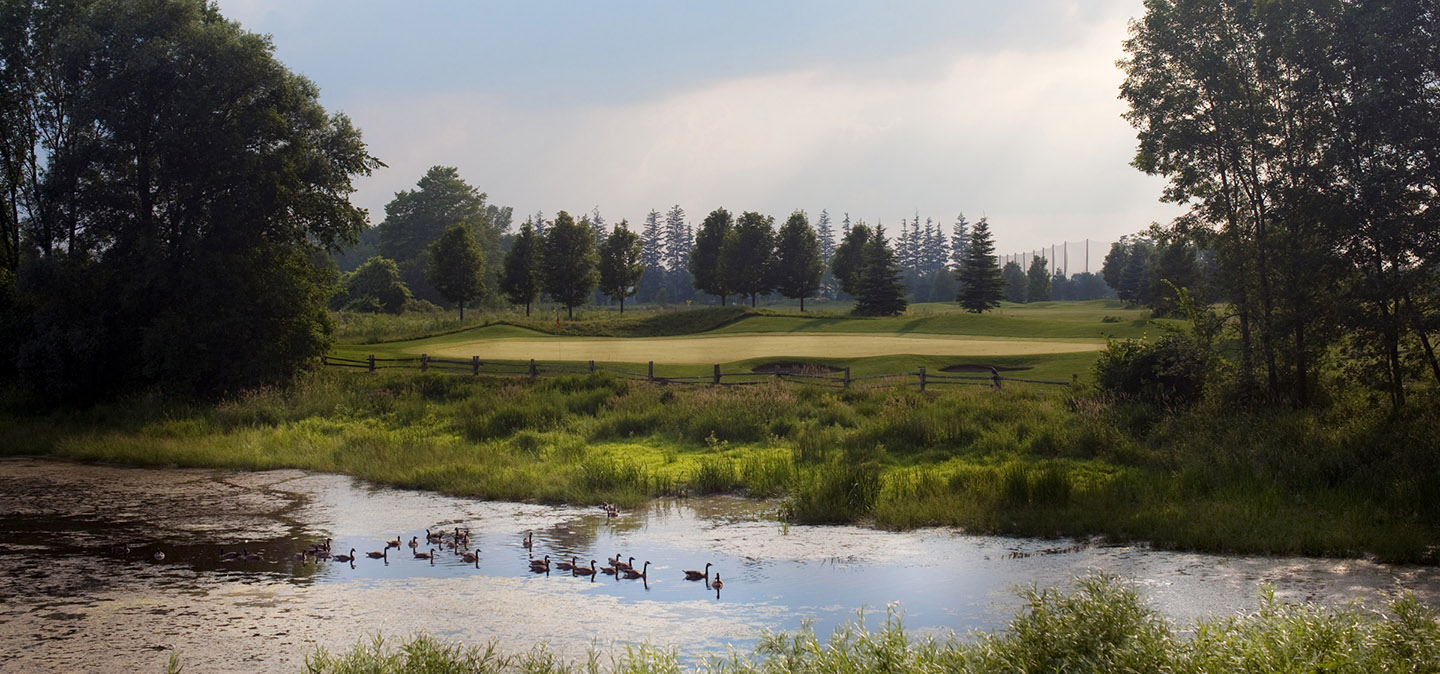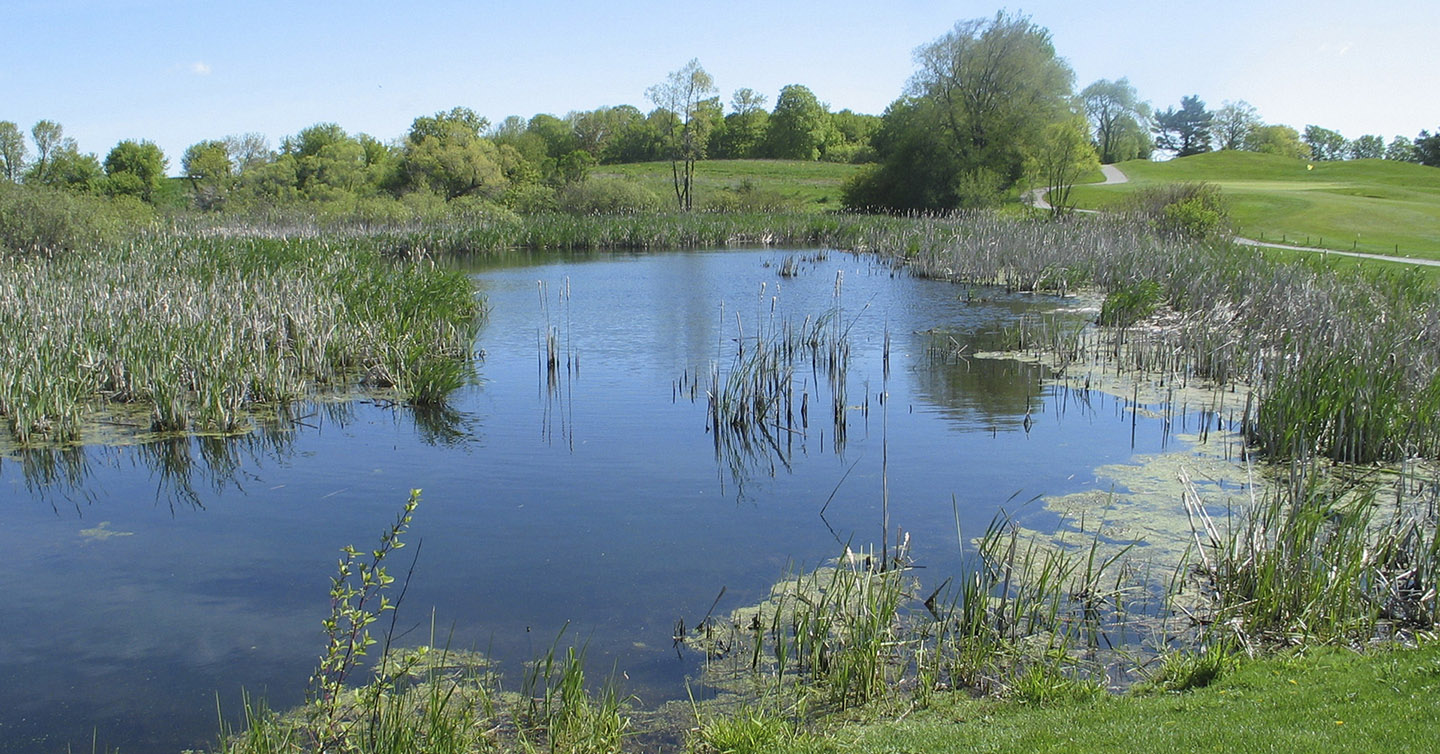Bathurst Glen strives to meet the highest possible standards of environmental management in the following areas:
Environmental Planning
![]() Completion of a detailed site assessment and the development of an environmental plan. This step is designed to establish baseline data by taking stock of the property and its significant natural resources
Completion of a detailed site assessment and the development of an environmental plan. This step is designed to establish baseline data by taking stock of the property and its significant natural resources
Wildlife and Habitat Management
![]() Approximately 12 acres of previously manicured turf have been naturalized. The naturalization of these areas allows the development of natural corridors for wildlife protection.
Approximately 12 acres of previously manicured turf have been naturalized. The naturalization of these areas allows the development of natural corridors for wildlife protection.
![]() Various native planting projects including: 560 native trees and shrubs planted in 2007 with 25 volunteers; and 405 native trees and shrubs planted in 2008 with 14 volunteers.
Various native planting projects including: 560 native trees and shrubs planted in 2007 with 25 volunteers; and 405 native trees and shrubs planted in 2008 with 14 volunteers.
![]() Installation of 60-plus nesting boxes throughout the course along with a one acre butterfly meadow.
Installation of 60-plus nesting boxes throughout the course along with a one acre butterfly meadow.

Chemical Use Reduction and Safety
![]() Identification and establishment of no spray and low intensity management zones to protect sensitive environments and water bodies.
Identification and establishment of no spray and low intensity management zones to protect sensitive environments and water bodies.
![]() Implementation of various sound cultural turf care practices including; regular aerification, top dressing, verticutting and de-thatching.
Implementation of various sound cultural turf care practices including; regular aerification, top dressing, verticutting and de-thatching.
Water Conservation
![]() By incorporating evapotranspiration rates into irrigation practices, water consumption has been reduced by 20%.
By incorporating evapotranspiration rates into irrigation practices, water consumption has been reduced by 20%.
![]() Eliminated non-target watering through installation of part circle irrigation heads.
Eliminated non-target watering through installation of part circle irrigation heads.
Water Quality Management
![]() Installation of a closed-loop equipment washing system.
Installation of a closed-loop equipment washing system.
![]() Introduction of a water quality monitoring program. Water quality testing of all water bodies three times annually to monitor the health of water features
Introduction of a water quality monitoring program. Water quality testing of all water bodies three times annually to monitor the health of water features
![]() Increased manicured turf height around water bodies to minimum of 3.5 inches to create a natural buffer zone and vegetated filtration strip.
Increased manicured turf height around water bodies to minimum of 3.5 inches to create a natural buffer zone and vegetated filtration strip.

Outreach Education
![]() Engaged the local community with volunteer planting and monitoring events.
Engaged the local community with volunteer planting and monitoring events.
![]() Hosted interpretive hikes and a focus group discussion with participation from local community members and interest groups.
Hosted interpretive hikes and a focus group discussion with participation from local community members and interest groups.
![]() Implemented an educational component of our junior golf camps based around the environmental benefits of turf grass.
Implemented an educational component of our junior golf camps based around the environmental benefits of turf grass.

